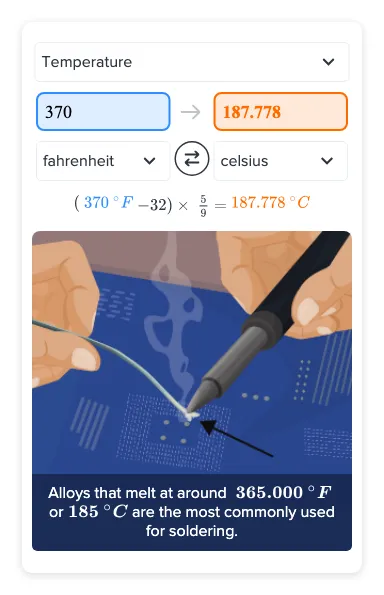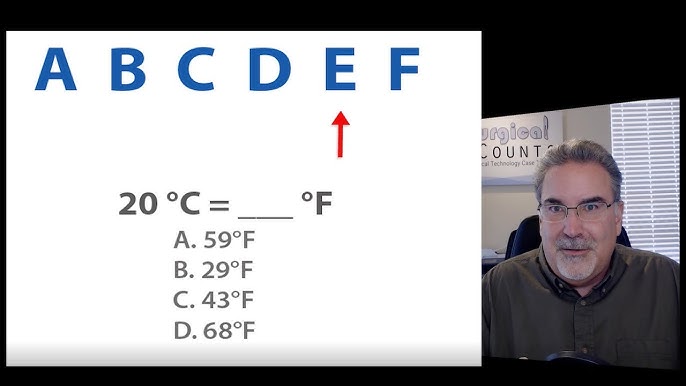Alright, so the other day I stumbled upon a figure: 370 degrees Fahrenheit. And I thought to myself, “Now, what in the heck is that in Celsius?” My brain usually thinks in Celsius, you see, so Fahrenheit numbers sometimes just look like… well, just numbers without much meaning until I convert ’em.
I had a vague memory of how to do the conversion, something about 32 and then multiplying or dividing. You know how it is, some things stick, others get a bit dusty up there in the old noggin. Didn’t want to mess it up, so I figured I’d walk through it properly, just to be sure.

So, here’s what I did. The first thing you absolutely gotta do is take that Fahrenheit temperature and subtract 32 from it. That’s the key starting point. So, for 370 F, it was 370 – 32. Did that quick math, and it came out to 338.
Okay, so I had 338. Now what? The next step is to take this number and multiply it by 5, and then you divide the result by 9. It’s always that 5/9 ratio you’re working with after the subtraction. Some folks like to multiply by 5 and then divide by 9, others might multiply by 0.5555 directly. Same end result, really, just different ways to get there.
I went with multiplying by 5 first. So, 338 multiplied by 5. Let me see… yep, that landed me on 1690.
Now, the final step for this part: take that 1690 and divide it by 9. So, 1690 / 9. Punched that into my calculator to be precise, and it spat out 187.777… and the sevens just kept on going.
For practical purposes, I just rounded that up a tiny bit. Let’s call it 187.8 degrees Celsius. Close enough for whatever I needed it for, that’s for sure. No need to get too crazy with the decimal points unless you’re launching a rocket, right?
And that’s pretty much it. That’s how I got from 370 degrees Fahrenheit over to Celsius. It’s not super complicated once you remember the steps. Just a bit of basic arithmetic. Good to have these little tricks up your sleeve for when you need them.
